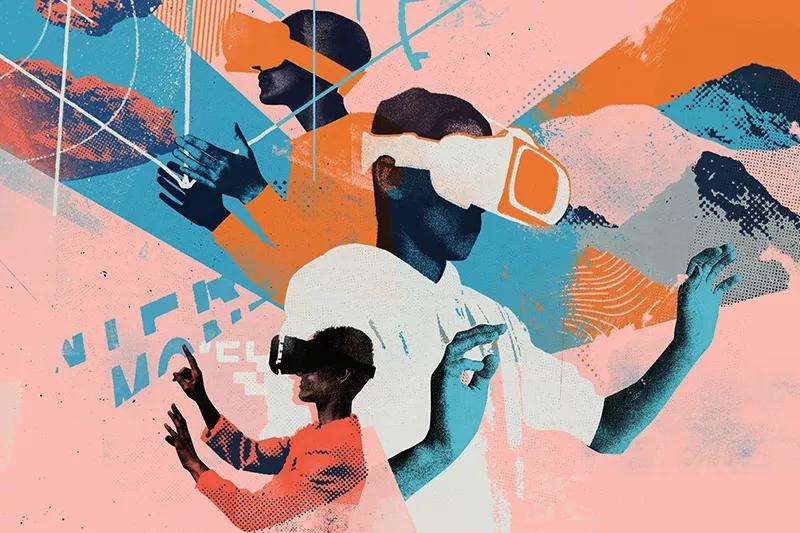ATD Blog
Immersive Learning: Solving the Skills Gap With Scalable Innovation
For L&D leaders looking to drive meaningful, measurable training outcomes, now is the time to explore what immersive learning can do.
Mon Jun 23 2025

Workforce training is at a tipping point. As workplace dynamics shift, skills needs evolve, and technology advances, L&D leaders are under growing pressure to rethink how training is delivered across roles, regions, and industries. Traditional training models—while once effective—are now struggling to keep pace with the modern workforce.
The Challenge: Workforce Training That Can’t Keep Pace
The rapid acceleration of AI, automation, and hybrid work has upended the workforce landscape. Employees today need more than just technical know-how. They need adaptability, communication skills, and the confidence to navigate new tools and customer expectations. Yet, legacy training systems—manual, one-size-fits-all, and time-consuming—often fail to meet those needs. According to research, the US economy loses an estimated $160 billion annually due to the soft skills gap alone.
Training professionals are now tasked with doing more with less: faster onboarding, measurable outcomes, and scalable content delivery, all while ensuring the learning experience remains engaging, relevant, and personalized. That’s where immersive learning enters the picture.
The Opportunity: Immersive Learning at Scale
Immersive learning—using tools like augmented reality (AR), virtual reality (VR), and AI-driven roleplay—has emerged as a practical solution for many of these challenges. Unlike static e-learning or in-person lectures, immersive training simulates real-world scenarios, enabling learners to practice, fail, and improve in a safe, controlled environment.
Forward-thinking L&D teams are adopting immersive tech to transform training programs across sectors like healthcare, manufacturing, and retail. Applications range from AR-guided equipment training to VR-based soft skills coaching to AI-enabled simulations that build readiness for customer and patient interactions. Early adopters are seeing measurable gains in time-to-proficiency, engagement, knowledge retention, and operational performance.
Key Takeaways for L&D Leaders
Immersive learning is more than a trend—it’s a scalable solution to modern workforce challenges.
Consider pilot programs using AR or AI-driven roleplay to improve onboarding and frontline training.
Focus on outcomes. Time-to-performance, retention, and ROI can all be measured and improved with the right strategy.
Immersive technologies aren’t just future-facing—they’re ready to meet the moment now.
For L&D leaders looking to drive meaningful, measurable training outcomes, now is the time to explore what immersive learning can do.

